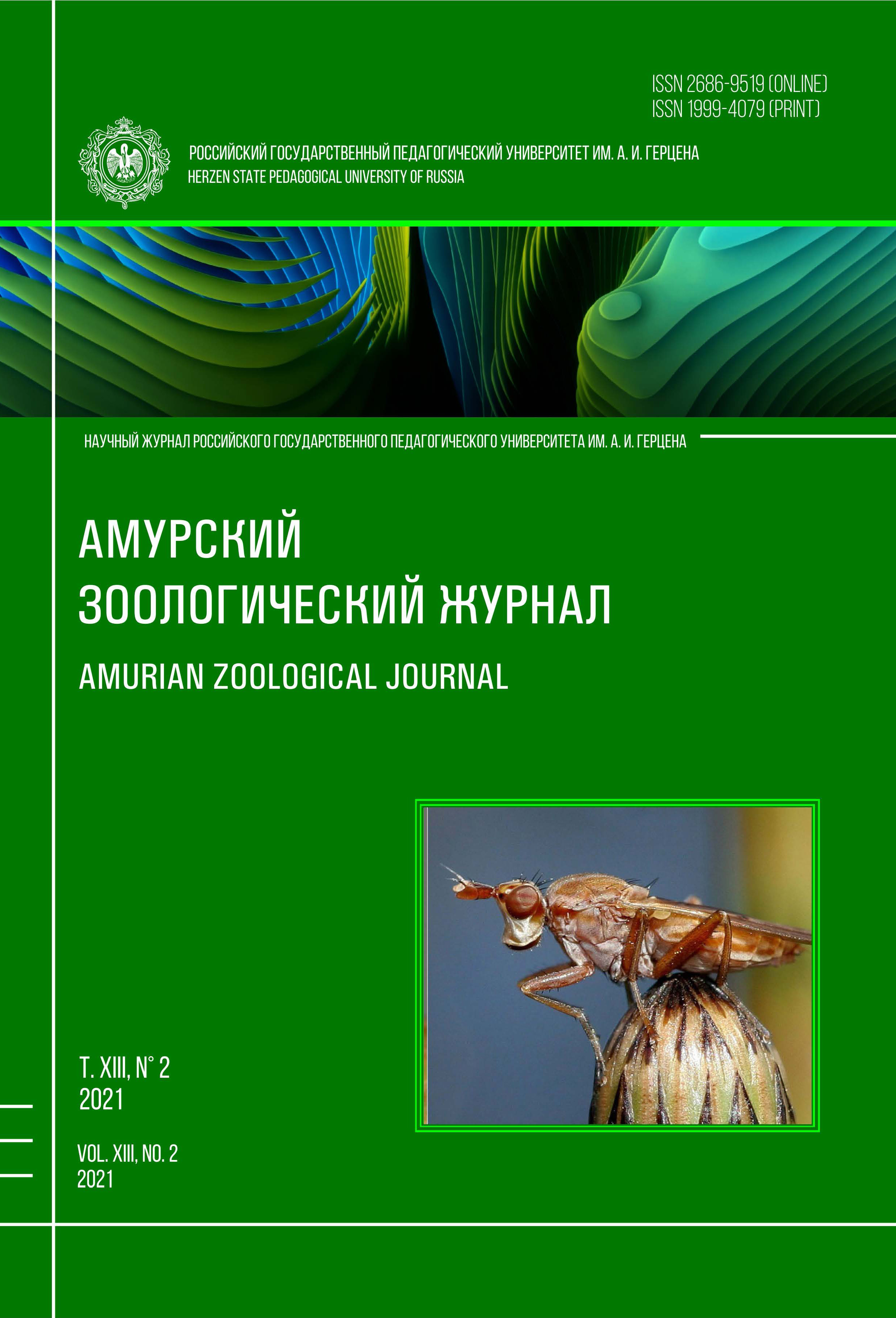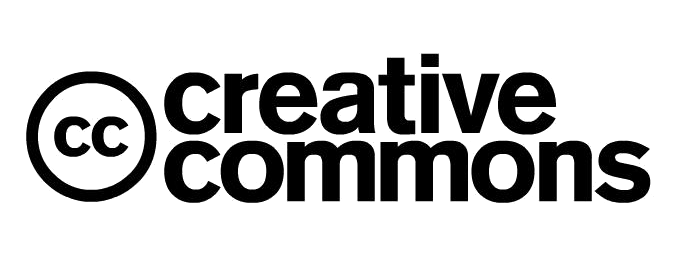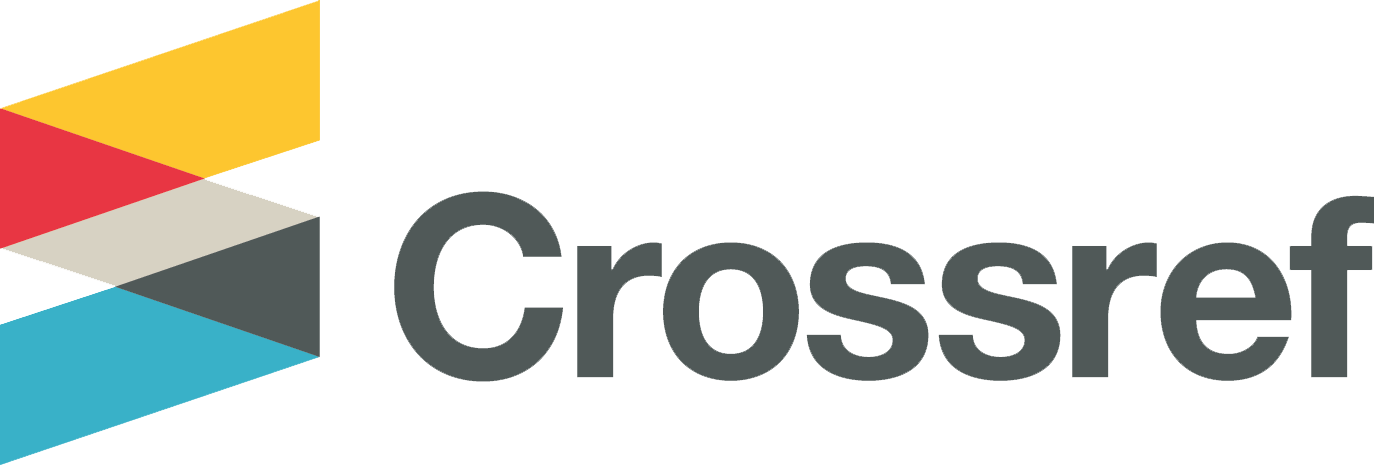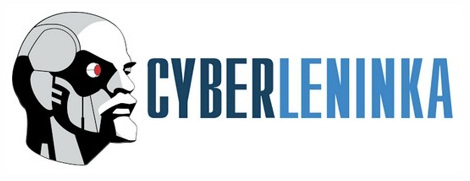New water mite species of the genus Protzia Piersig, 1896 (Acari, Hydrachnidia, Hydryphantidae) from Kazakhstan
DOI:
https://doi.org/10.33910/2686-9519-2021-13-2-162-166Keywords:
Hydrachnidia, Hydryphantidae, Protzia, water mites, morphology, maleAbstract
An illustrated description of male of the new species Protzia aksuensis sp. nov. from running waters of Aksu-Zhabagly Nature Reserve of Kazakhstan is given. The genital field of the new species with 9 pairs of acetabula and 13–14 pairs setae, all genital acetabula roundish on short stalks, genital setae located on very narrow slightly sclerotized strips; frontal eye not developed; leg claws with 10–12 lateral and medial clawlets.
References
Di Sabatino, A., Gerecke, R., Gledhill, T., Smit, H. (2010) 8. Acari: Hydrachnidia II. In: R. Gerecke (ed.). Suβwasserfauna von Mitteleuropa. Bd 7/2-2. Heidelberg: Spectrum Akademischer Verlag, S. 1–429. (In German)
Gerecke, R. (1996) Untersuchungen uber Wassermilben der Familie Hydryphantidae (Acari, Actinedida) in der Westpalaearktis, I. Beitrag zur Kenntnis der Gattung Protzia Piersig, 1896 (Acari, Actinedida, Hydryphantidae). Archiv fur Hydrobiologie Supplementbande, Bd 77 (3/4), S. 271–336. (In German)
Sokolow, I. I. (1940) Hydracarina — vodyanye kleshchi (ch. I: Hydrachnellae) [Hydracarina — the aquatic mites (pt 1: Hydrachnellae)]. Moscow; Leningrad: USSR Academy of Sciences Publ., 510 p. (Fauna SSSR. Paukoobraznye [Fauna of the USSR. Arachnids]. Vol. 5, iss. 2). (In Russian)
Downloads
Published
Issue
Section
License
Copyright (c) 2021 Peter V. Tuzovskij, Vitaly A. Stolbov

This work is licensed under a Creative Commons Attribution-NonCommercial 4.0 International License.
The work is provided under the terms of the Public Offer and of Creative Commons public license Creative Commons Attribution 4.0 International (CC BY 4.0).
This license permits an unlimited number of users to copy and redistribute the material in any medium or format, and to remix, transform, and build upon the material for any purpose, including commercial use.
This license retains copyright for the authors but allows others to freely distribute, use, and adapt the work, on the mandatory condition that appropriate credit is given. Users must provide a correct link to the original publication in our journal, cite the authors' names, and indicate if any changes were made.
Copyright remains with the authors. The CC BY 4.0 license does not transfer rights to third parties but rather grants users prior permission for use, provided the attribution condition is met. Any use of the work will be governed by the terms of this license.







